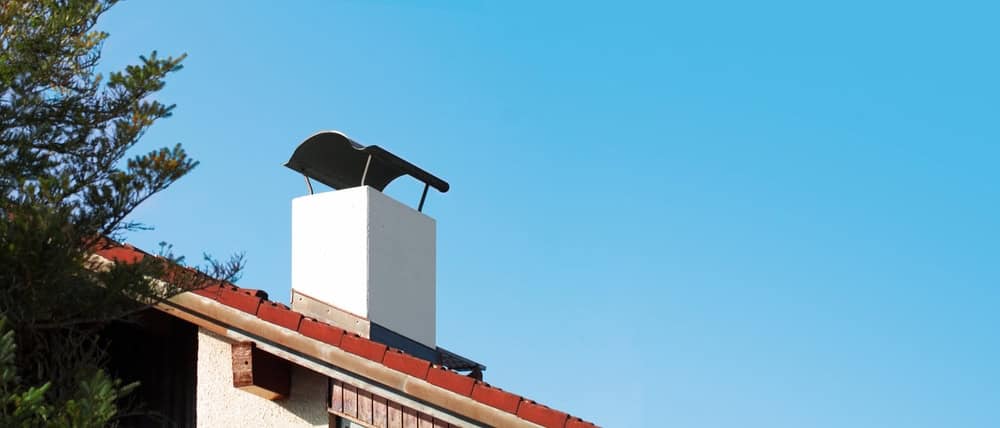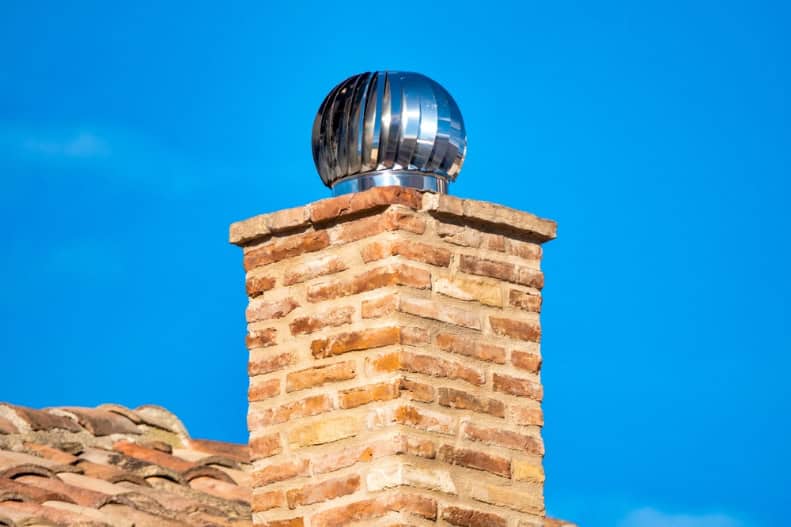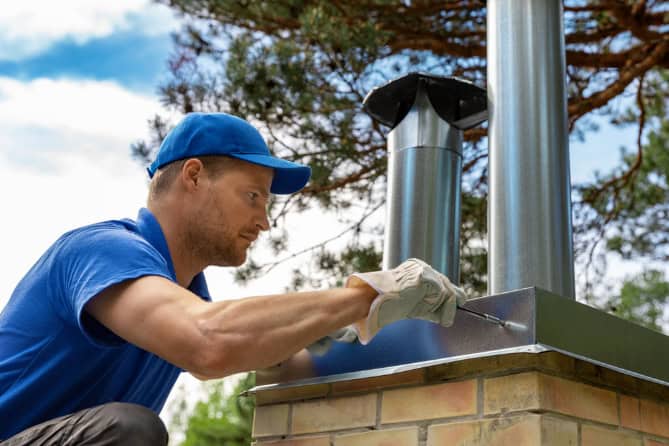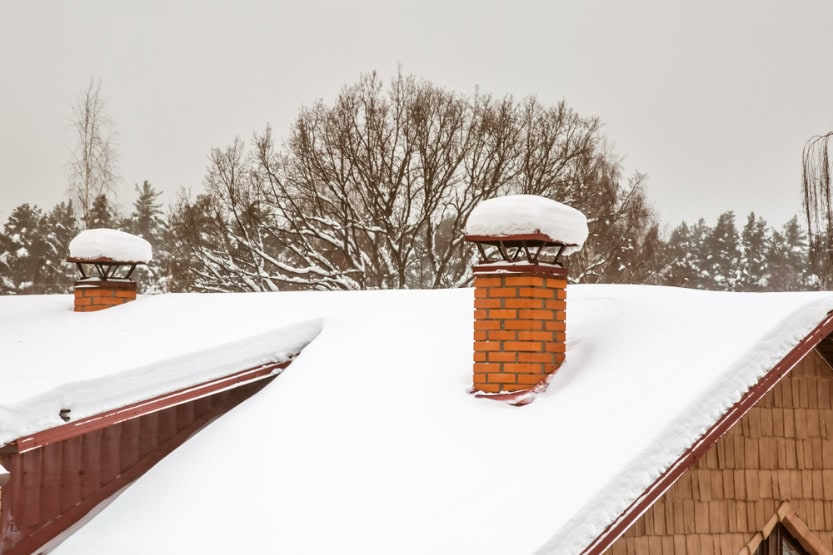Professional chimney cap installation that actually protects your home from Rhode Island weather.

Hear from Our Customers

Your chimney stops being a liability. No more water pooling in your firebox after storms. No more animals making themselves at home in your flue.
A quality chimney cap installation means your mortar joints stay intact through freeze-thaw cycles. Your chimney crown doesn’t crack from standing water. Your damper doesn’t rust out from constant moisture exposure.
You get peace of mind knowing that one of the most common sources of expensive home repairs is handled correctly. West Greenwich homeowners face unique challenges with coastal weather patterns, and a properly installed stainless steel chimney cap addresses them all.
We’ve been protecting West Greenwich homes since 2000. The same experienced team that started this company is still here, still climbing roofs, still installing chimney caps the right way.
Our CSI certification means something in this industry. It means understanding how different cap styles perform in Rhode Island weather. It means knowing which materials hold up to salt air and which ones fail within a few years.
We formally established the company in 2016, but our experience goes back over twenty years. That’s two decades of seeing what works, what doesn’t, and what homeowners actually need versus what they’re often sold.

First, we assess your existing chimney structure and measure for proper fit. Every chimney is different, and generic caps often leave gaps that defeat the purpose entirely.
Next, we remove any old or damaged cap and clean the chimney crown surface. Proper preparation prevents future problems. We check for crown damage that needs addressing before the new cap goes on.
Installation involves securing your new stainless steel chimney cap with appropriate fasteners for your specific chimney type. We test the fit, check for proper spark arrestor function if required, and ensure adequate ventilation. You get a cap that actually does its job for years to come.

Ready to get started?
You get custom-measured caps that fit your specific chimney dimensions. Not close enough – exact. Stainless steel construction that handles Rhode Island coastal conditions without corroding or failing.
Proper spark arrestor mesh prevents ember escape while allowing adequate draft. Crown-mounted or top-sealing damper integration when appropriate. All fasteners and hardware rated for marine environments because West Greenwich weather demands it.
Free estimates mean you know exactly what you’re getting before any work begins. In-house financing options for larger projects or multiple chimney systems. Most importantly, you get installation by certified technicians who understand that your chimney cap is a critical piece of your home’s weather protection system.
